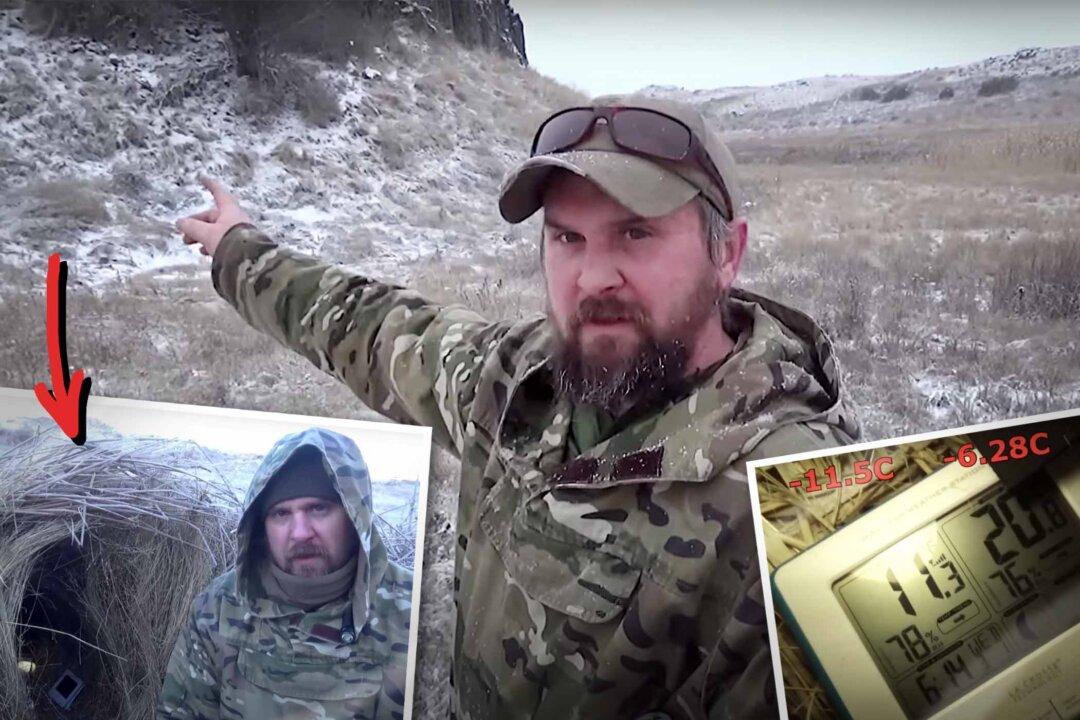You are lost in the wilderness in winter, with no tools, no wood, no fire. Temperatures are falling, and it’s getting dark. What do you do?
The scablands in Washington state are windburned, barren, and mostly flat, causing harsh exposure for hunters and outdoorsmen. This is no place for the unsavvy solo hiker in winter. Derrick Ince, 45, was reared in these rugged parts and mostly remembers it being cold but really exciting, particularly deer hunting with his father and his friends.






